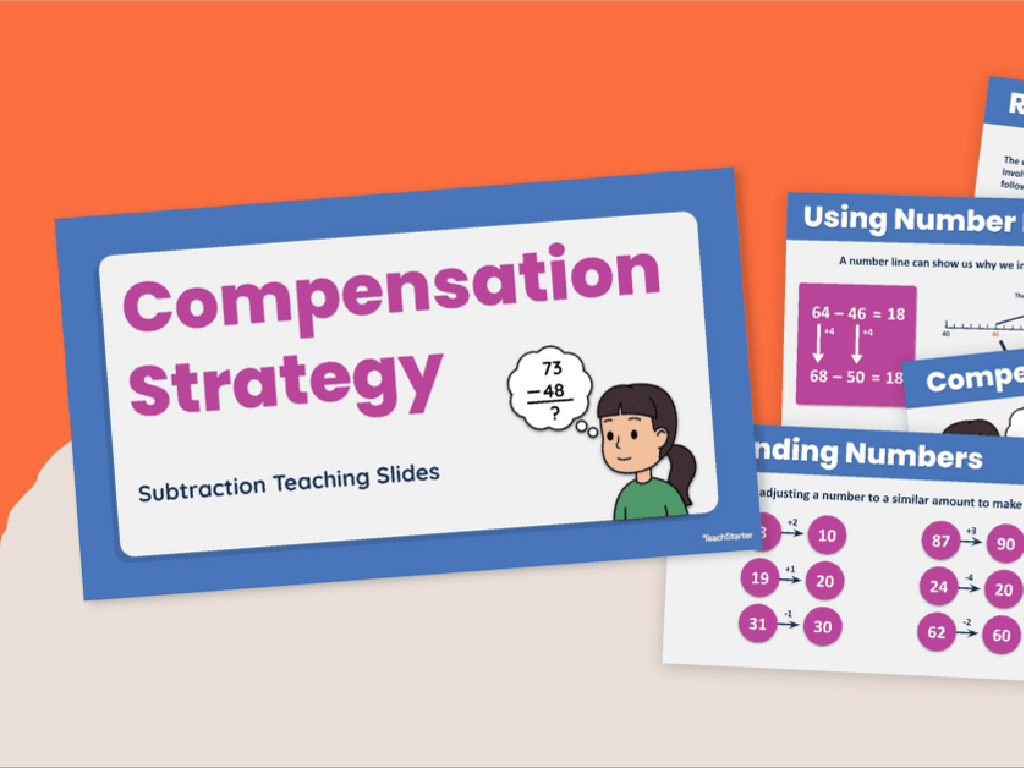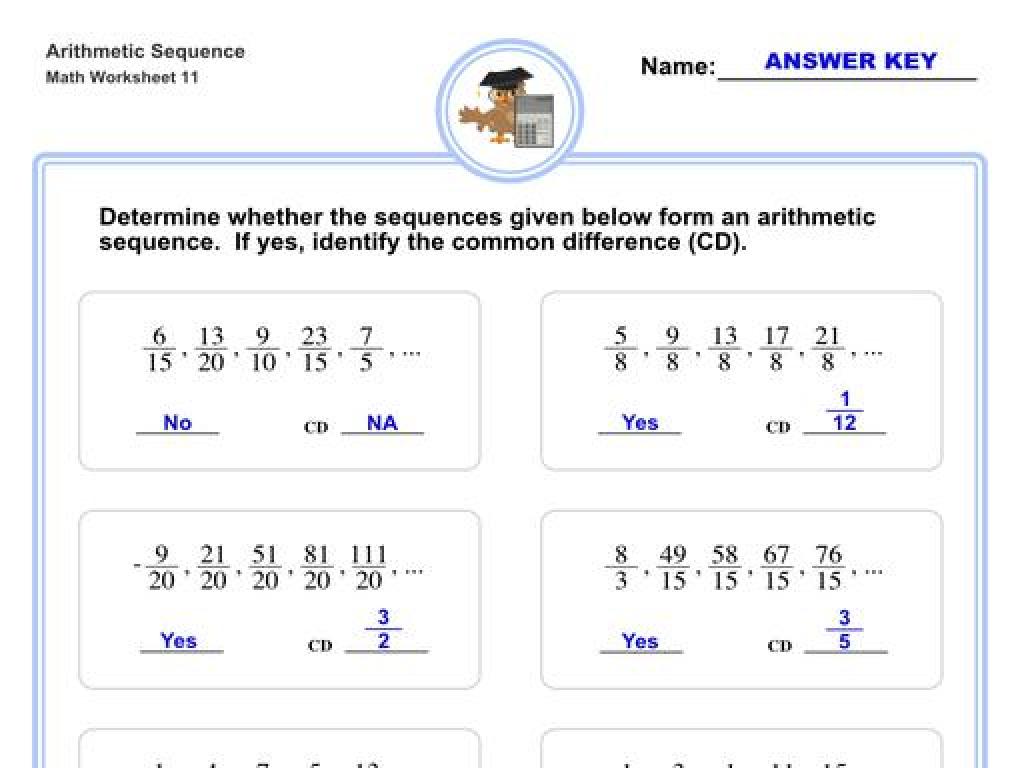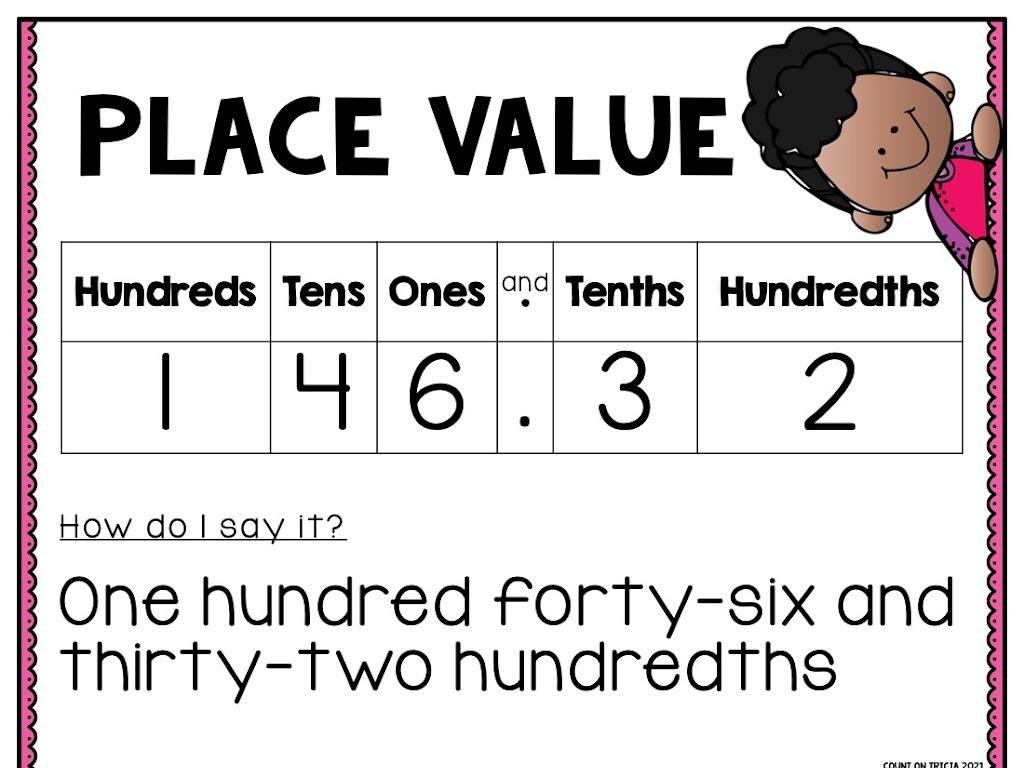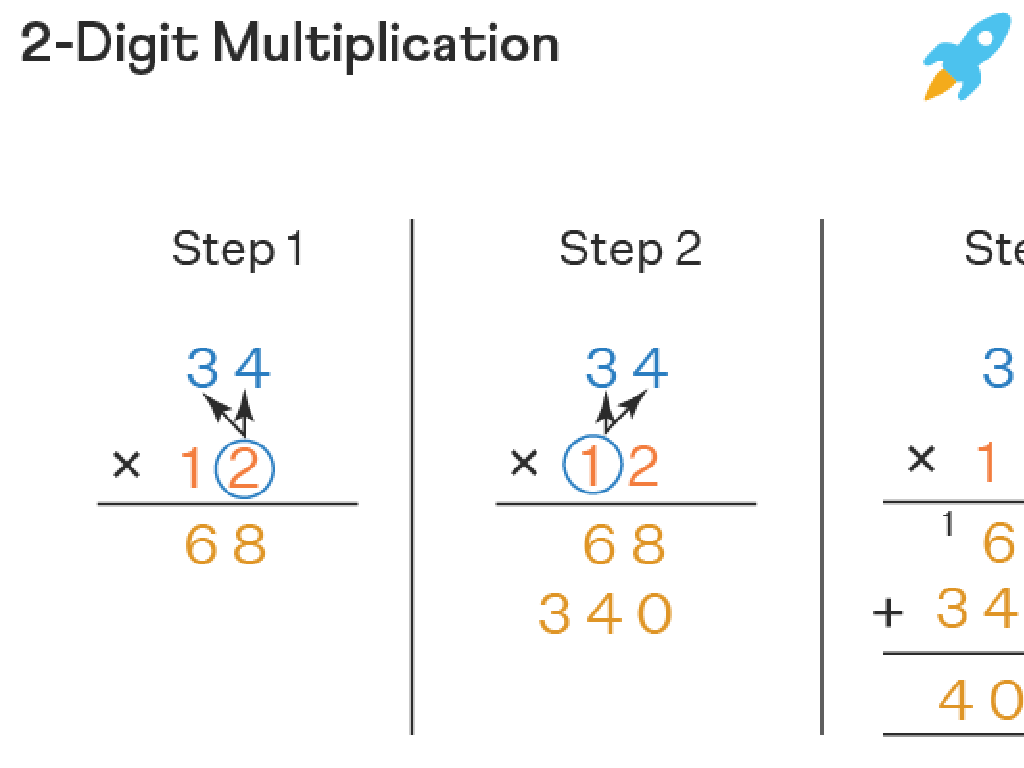Options Swaps Futures Mbss Cdos And Other Derivatives
Subject: Economics
Grade: High school
Topic: Finance And Capital Markets
Please LOG IN to download the presentation. Access is available to registered users only.
View More Content
Introduction to Derivatives
– Understanding financial instruments
– Defining derivatives
– Contracts deriving value from underlying assets, e.g., stocks, bonds
– Derivatives’ role in finance
– Manage risk, speculate on price, and gain market access
– Examples of common derivatives
– Options give the right to buy/sell, futures are agreements to trade at future date
|
This slide introduces the concept of derivatives as part of financial instruments in the broader context of finance and capital markets. Derivatives are complex financial contracts whose value is derived from the performance of underlying assets or benchmarks. They play a crucial role in modern finance by allowing investors to hedge against risks, speculate on future price movements, and gain access to markets or assets that may otherwise be out of reach. Common examples include options, which provide the right but not the obligation to buy or sell an asset at a predetermined price, and futures, which are contractual agreements to buy or sell an asset at a specified price on a future date. It’s important for students to grasp these concepts as they form the foundation for understanding how capital markets function.
Understanding Options in Finance
– Define Options in finance
– Financial contracts offering the right to buy or sell an asset at a set price
– Differentiate Call vs Put Options
– Call Option: right to buy, Put Option: right to sell an asset
– Explore investor usage of Options
– Options can hedge risk, speculate on market moves, or generate income
– Assessing risks and benefits
– Options involve risks but can offer strategic advantages in a portfolio
|
This slide introduces students to the concept of options, a type of financial derivative used in capital markets. Begin by defining options as contracts that give the holder the right, but not the obligation, to buy or sell an underlying asset at a predetermined price. Explain the difference between call options, which give the right to buy, and put options, which give the right to sell. Discuss how investors use options for various strategies, including hedging against market downturns, speculating on market movements, or creating additional income streams. Highlight the importance of understanding the risks and potential benefits associated with options trading. Provide real-world examples to illustrate these concepts, such as using options to secure a future stock purchase price or to insure a portfolio against losses.
Understanding Swaps in Finance
– Definition of Swaps
– Swaps are contracts to exchange cash flow streams between parties.
– Common Types of Swaps
– Interest rate swaps, currency swaps, and commodity swaps.
– Interest Rate Swap Example
– A bank gives a fixed interest rate in exchange for a variable rate from a company.
– Role of Swaps in Markets
|
Swaps are a fundamental concept in derivatives and capital markets, allowing parties to exchange different types of financial cash flows, which can help manage risk or speculate. Common types include interest rate swaps, where typically one party agrees to pay a fixed rate in exchange for receiving a variable rate, and currency swaps, where cash flows in different currencies are exchanged. Use an example of an interest rate swap to illustrate how companies might manage interest rate exposure. Discuss the role of swaps in financial markets, emphasizing their use in hedging and how they contribute to financial liquidity and flexibility. Encourage students to think about how swaps might be used by different entities, such as banks, corporations, or investment funds.
Exploring Futures in Finance
– Define Futures Contracts
– A legal agreement to buy/sell an asset at a future date at today’s price.
– Futures vs. Forwards
– Futures are standardized and traded on exchanges, forwards are private and customized.
– Hedging with Futures
– Futures can protect against price fluctuations in assets like commodities.
– Speculating with Futures
– Traders can bet on asset price movements to profit from futures without owning the asset.
|
This slide aims to introduce students to the concept of futures contracts and how they differ from forward contracts. It’s crucial to emphasize that futures are standardized contracts traded on exchanges, which helps in mitigating risk and bringing liquidity to the market. Explain that hedging is a strategy used by companies to protect themselves against price changes in the market, while speculation is used by traders to profit from market movements. Provide real-world examples, such as a farmer using futures to lock in the price of crops, or an investor speculating on oil prices. Encourage students to think about the implications of these financial instruments on the economy and individual businesses.
Understanding Mortgage-Backed Securities (MBSs)
– What are MBSs?
– MBSs are investments secured by mortgages.
– How MBSs function
– Investors receive payments from homeowners’ mortgage repayments.
– Risks involved with MBSs
– MBSs carry the risk of default and prepayment variability.
– Rewards of investing in MBSs
– Potential for steady returns if homeowners make payments.
|
Mortgage-Backed Securities (MBSs) are complex financial instruments that pool together multiple mortgage loans, allowing investors to purchase interests in that pool. As homeowners pay their mortgage, investors receive monthly payments, which include both interest and principal. However, these securities carry risks, such as the risk of default if homeowners fail to make payments, and prepayment risk, which occurs when homeowners pay off their mortgages early, affecting the investors’ returns. On the other hand, MBSs can offer rewards, such as the potential for a steady income stream. It’s crucial to explain the structure of MBSs, how they are created, traded, and the impact of economic changes on their value. Encourage students to consider both the risks and rewards from an investor’s perspective.
Understanding Collateralized Debt Obligations (CDOs)
– What are CDOs?
– Financial instruments that pool various types of debt.
– Exploring CDO structure
– CDOs are divided into tranches based on risk.
– CDOs and the Financial Crisis
– CDOs contributed to the 2008 crisis by spreading risk.
– Assessing CDO impact
– Understanding CDOs helps grasp their economic influence.
|
This slide introduces students to Collateralized Debt Obligations (CDOs), complex financial instruments that played a significant role in the 2008 financial crisis. Begin with a definition of CDOs, explaining how they pool different types of debt, such as mortgages, and are sold to investors. Discuss the structure of CDOs, emphasizing the concept of tranches, which are layers of the CDO ranked by varying degrees of risk and return. Highlight the role of CDOs in the financial crisis, explaining how the bundling of high-risk loans contributed to the spread of default risk throughout the financial system. Conclude by discussing the broader impact of CDOs on the economy and the importance of understanding these instruments in the context of financial markets. Encourage students to consider the implications of financial instruments like CDOs on the overall stability of the economy.
Exploring Other Financial Derivatives
– Understanding Credit Default Swaps
– CDS: Insurance against default on credit instruments like bonds.
– Exotic Derivatives Overview
– Exotic derivatives are complex with features that may change based on external conditions.
– Innovations in Derivatives
– New financial instruments designed to meet specific investor needs or manage risks.
– Impact on Financial Markets
– Derivatives can spread risk but also contribute to market volatility.
|
This slide aims to introduce students to more complex financial derivatives beyond the basic options and futures. Credit Default Swaps (CDS) act as a form of insurance against the default of debt instruments, which played a significant role in the 2008 financial crisis. Exotic derivatives are more complex and can be tailored to specific situations, often with conditions that change based on external factors. Innovation in derivatives is constant, with new products being created to meet unique investor needs or to manage financial risks in novel ways. While these instruments can be useful for spreading risk, they can also contribute to market instability if not properly understood or regulated. Encourage students to consider both the innovative aspects and the potential risks associated with these financial tools.
Exploring the Derivatives Market
– Scope of the derivatives market
– One of the largest markets, used for hedging or speculation
– Regulation in derivatives trading
– Governed by laws to manage risk and ensure transparency
– Derivatives’ role in the global economy
– Influence on global financial stability and economic growth
|
This slide aims to provide students with an understanding of the derivatives market, which includes a variety of financial instruments like options, swaps, futures, MBSs, and CDOs. The market’s vast size and scope reflect its importance in the world economy, allowing for risk management and price speculation. Regulation is crucial to maintain market integrity and prevent crises, as seen in the past. Derivatives play a significant role in the global economy by enabling companies to hedge against risks and by affecting the flow of capital and credit. Discuss the impact of derivatives on economic events, such as the 2008 financial crisis, to illustrate their significance and the need for careful regulation.
Class Activity: Derivatives Trading Game
– Simulate a trading floor environment
– Form groups for derivative trades
– Engage in role-play to trade
– Assume roles of buyers, sellers, brokers
– Observe and discuss market dynamics
– Notice how prices change with supply and demand
|
This interactive class activity is designed to give students a hands-on experience with the concept of trading derivatives such as options, swaps, futures, MBSs, and CDOs. By simulating a trading floor, students will form groups and take on different roles in the derivatives market. They will engage in role-play to understand the responsibilities and strategies of buyers, sellers, and brokers. This activity will help students observe market dynamics, including how prices are affected by supply and demand, and other market forces. Teachers should prepare role cards, scenario descriptions, and provide a brief overview of trading principles before starting the activity. Possible roles include market analysts, traders, risk managers, etc. The goal is for students to apply theoretical knowledge in a simulated real-world setting, fostering a deeper understanding of financial markets.





